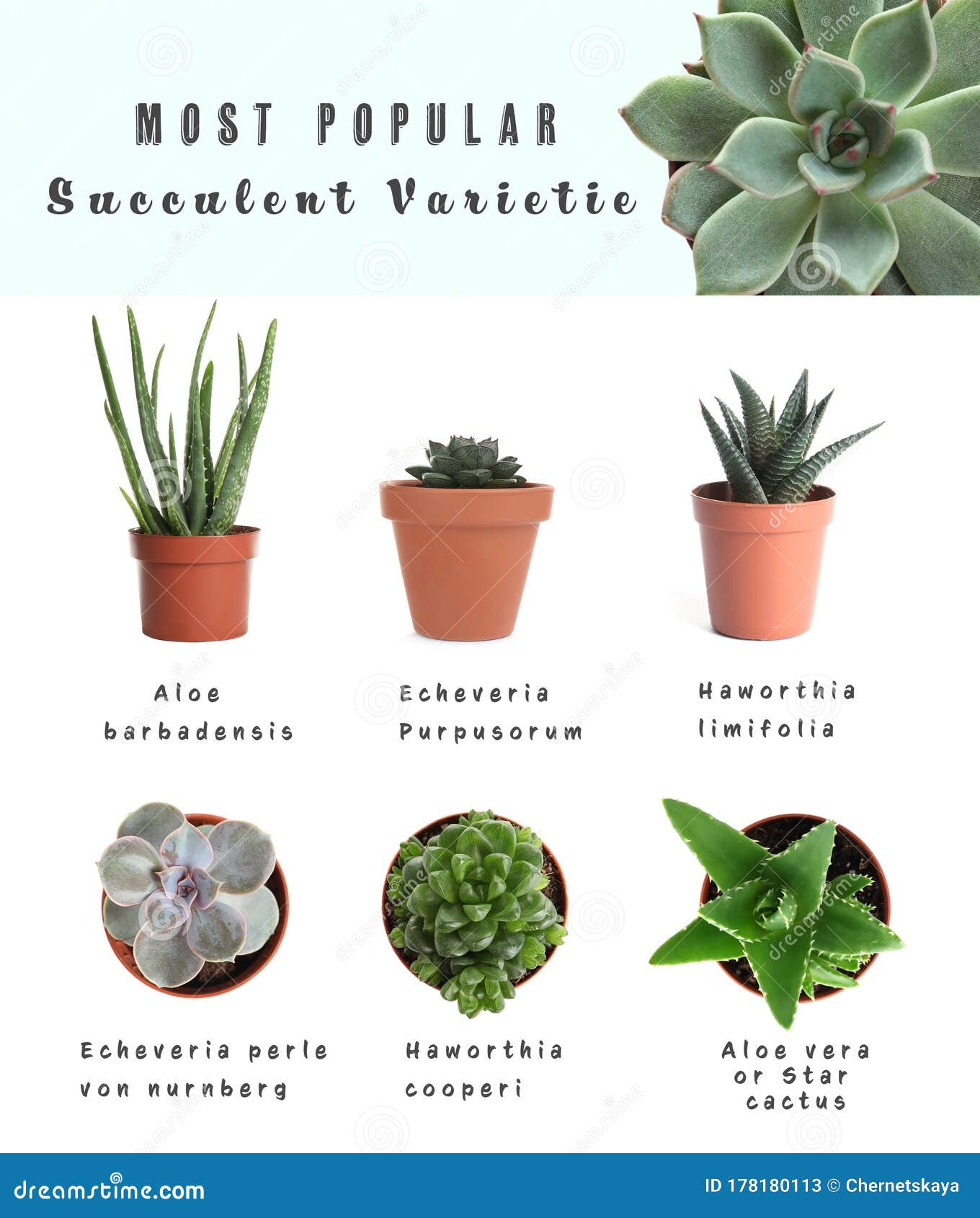Succulent Pictures and Names: A Visual Guide to Stunning Succulent Varieties
Succulents have taken the botanical world by storm, charming enthusiasts and budding gardeners alike with their exquisite shapes, vibrant colors, and minimal care requirements. These remarkable plants store water in their specialized tissues, enabling them to thrive in arid environments. In this guide, we delve into some of the most stunning succulent varieties, complete with captivating images and their common names, ensuring you can identify these green beauties while addressing some prevalent buyer concerns regarding care and compatibility.
Understanding the allure of succulents first requires an appreciation for their diversity. From the sculptural Echeveria to the whimsical Aloe, every type provides a unique visual appeal and a plethora of applications in various settings. With that in mind, let’s explore some popular succulent varieties, addressing how potential buyers can make informed decisions when selecting the right plant for their home or office.
Exquisite Echeverias: The Star of the Show
Echeveria represents a group of rosette-forming succulents that are particularly treasured in many households. Known for their stunning designs and colors, these plants can exhibit hues ranging from deep purples and blues to vibrant greens. With hundreds of species and hybrids, the appeal of Echeveria lies in its adaptability; they can thrive indoors and outdoors, provided they receive adequate sunlight.
Common varieties include:
- Echeveria ‘Lola’ – With its soft lavender leaves that curl at the tips, this variant exhibits a romantic charm perfect for any decorative setting.
- Echeveria ‘Raindrop’ – This version boasts fleshy, teardrop-shaped leaves and a unique silhouette that resembles a water droplet.
- Echeveria ‘Perle von Nurnberg’ – Famous for its pastel shades, this beauty has a captivating rosette formation, often sought after by interior designers.
When considering an Echeveria, carefully assess lighting conditions. They thrive in bright, indirect sunlight and prefer well-draining soil. If you reside in an area with limited sunlight, consider supplementing with grow lights to ensure the plant’s vibrant colors flourish.
Dynamic Haworthia: A Guide to the Unassuming
Often mistaken for aloe due to their striking appearance, Haworthia species are a must-have for any succulent collection. Characterized by their thick, fleshy leaves, they display intriguing patterns and textures, often adorned with translucent markings that beautifully refract light.
Some notable types include:
- Haworthia attenuata – Known as the zebra plant, it features dark green leaves adorned with white, warty tubercles, offering a striking contrast.
- Haworthia fasciata – Similar to its zebra counterpart but with a more pronounced banding pattern, this succulent is ideal for both novice and seasoned plant lovers.
- Haworthia cooperi – With its mesmerizing translucent leaves, this jewel of a plant can intriguingly change color based on its environmental conditions.
Haworthias are relatively forgiving when it comes to care, making them perfect for those new to the world of succulents. However, excessive watering can lead to root rot, a common concern for potential buyers. Ensure you understand the specific watering needs based on the season; these plants typically require less frequent watering in winter.
Captivating Sedums: The Hardy Heroes
Sedums, also known as stonecrops, are a vast genus with over 400 species that display remarkable resilience and adaptability. These succulents are characterized by their thick, sometimes variegated leaves, making them a delightful addition to any garden or indoor space.
Popular Sedum varieties include:
- Sedum morganianum – Commonly referred to as burro’s tail, this trailing succulent with its long, cascading stems is perfect for hanging baskets.
- Sedum spurium – A ground cover variety, the dragon’s blood sedum showcases vibrant red foliage during summer, adding flair to your garden.
- Sedum rubrotinctum – Known as the jelly bean plant, it exhibits plump, rounded leaves that change color based on sunlight exposure.
When selecting sedums, buyers often express concerns about their hardiness. Rest assured, sedums can withstand varying climates and thrive in poor soil conditions. They prefer full sun and should be planted in well-draining substrates to prevent excessive moisture retention.
Final Thoughts: Choosing the Right Succulent for Your Space
As you embark on your succulent journey, consider factors such as your environment, aesthetic preferences, and care capabilities. Succulents like Echeveria, Haworthia, and Sedum each bring unique characteristics that can enhance your living space or garden.
With their minimal maintenance requirements and striking visual appeal, succulents can function as both stunning decor and delightful companions. Always remember to research the specific needs of any succulent you choose, as ensuring the right conditions will ultimately lead to a thriving plant. Happy cultivating!





Leave a Comment